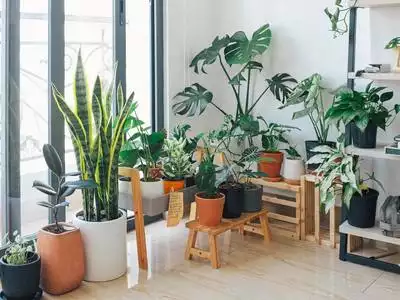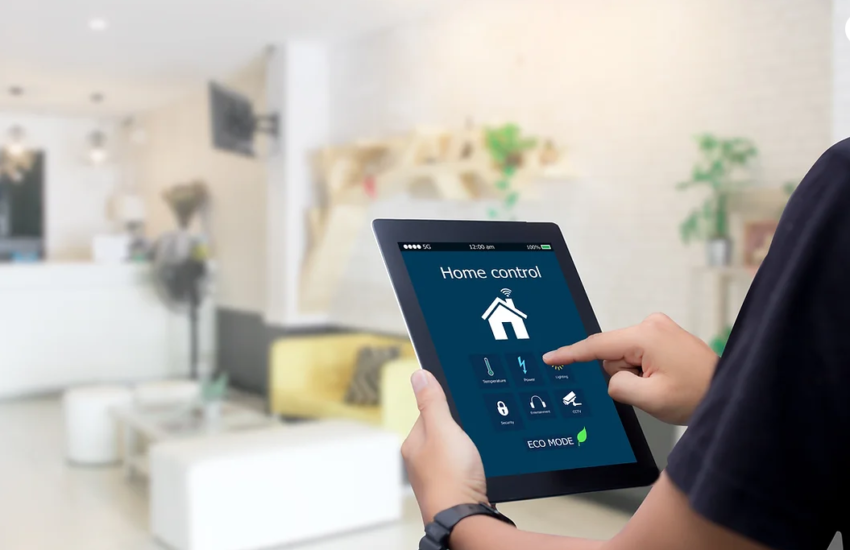Cultivating Greenery Indoors: The Art and Science of Indoor Gardening
In recent years, indoor gardening has experienced a surge in popularity as more people seek to bring the beauty of nature into their homes. Whether you have a spacious sunroom or a cozy apartment balcony, indoor gardening offers a plethora of benefits, from improving air quality to reducing stress and enhancing overall well-being. In this guide, we’ll explore the fundamentals of indoor gardening, including essential tips, techniques, and plant care practices to help you create your own lush oasis indoors.
Selecting the Right Plants
The first step in successful indoor gardening is selecting the right plants for your space. Consider factors such as light levels, humidity, and available space when choosing plants for indoor cultivation. Some popular options for indoor gardening include:
- Herbs: Basil, mint, rosemary, and cilantro are just a few examples of herbs that thrive indoors and can add flavor to your meals.
- Leafy Greens: Lettuce, spinach, kale, and arugula are excellent choices for indoor cultivation and can be harvested for fresh salads year-round.
- Succulents and Cacti: These low-maintenance plants are well-suited to indoor environments with limited light and require minimal watering.
- Flowering Plants: Orchids, African violets, and peace lilies are beautiful flowering plants that can brighten up any indoor space.
Providing Adequate Light
Light is essential for plant growth, so it’s crucial to ensure that your indoor garden receives adequate illumination. While some plants thrive in low-light conditions, others require more intense light exposure. Here are some tips for providing the right amount of light for your indoor garden:
- Natural Light: Place your plants near windows or glass doors where they can receive indirect sunlight for several hours each day.
- Artificial Light: If natural light is limited, consider supplementing with artificial grow lights specifically designed for indoor gardening. LED grow lights are energy-efficient and provide the full spectrum of light needed for healthy plant growth.
- Rotate Plants: To ensure even growth, rotate your plants regularly to expose all sides to light and prevent them from leaning or stretching toward the light source.
Maintaining Proper Humidity and Temperature
Humidity and temperature play a significant role in indoor gardening, especially for tropical plants and delicate seedlings. Here are some strategies for maintaining optimal humidity and temperature levels in your indoor garden:
- Humidity Tray: Place a tray filled with water and pebbles beneath your plants to increase humidity levels around them.
- Misting: Mist your plants regularly with a spray bottle to provide additional moisture, especially during dry winter months.
- Temperature Control: Keep your indoor garden in a room with consistent temperatures between 65-75°F (18-24°C) to promote healthy growth and prevent stress.
Watering and Soil Care
Proper watering and soil care are essential for the health and vitality of your indoor plants. Overwatering or using the wrong type of soil can lead to root rot and other issues. Follow these guidelines for watering and soil maintenance:
- Watering: Only water your plants when the top inch of soil feels dry to the touch. Avoid overwatering, as it can suffocate the roots and promote fungal growth.
- Drainage: Ensure that your pots have drainage holes to allow excess water to escape and prevent waterlogged soil.
- Soil: Use a well-draining potting mix specifically formulated for indoor plants. Avoid garden soil, as it may contain pests, diseases, or other contaminants.
Fertilizing and Pruning
To keep your indoor garden thriving, it’s essential to fertilize and prune your plants regularly. Here are some tips for fertilizing and pruning indoor plants:
- Fertilizing: Feed your plants with a balanced liquid fertilizer once a month during the growing season to provide essential nutrients for healthy growth.
- Pruning: Trim dead or yellowing leaves, flowers, and stems to encourage new growth and maintain the overall health and appearance of your plants.
Enjoying the Fruits of Your Labor
Indoor gardening is not just a hobby – it’s a rewarding experience that allows you to connect with nature and cultivate your own little piece of paradise indoors. Whether you’re a seasoned green thumb or a novice gardener, there’s something magical about watching your plants thrive and flourish under your care.
By following the tips and techniques outlined in this guide, you can create a vibrant indoor garden that brings joy and beauty to your home year-round. So roll up your sleeves, get your hands dirty, and start cultivating greenery indoors today!







